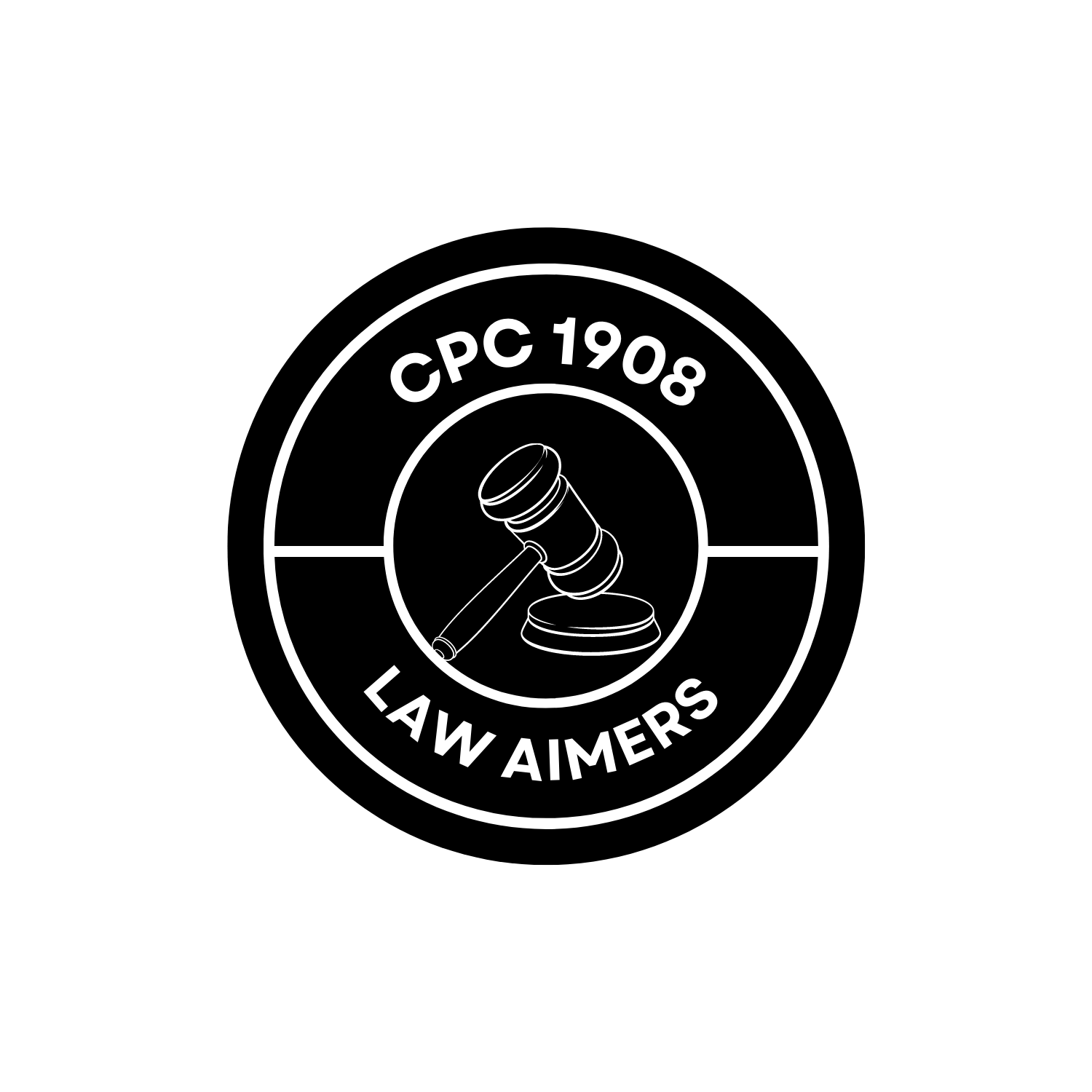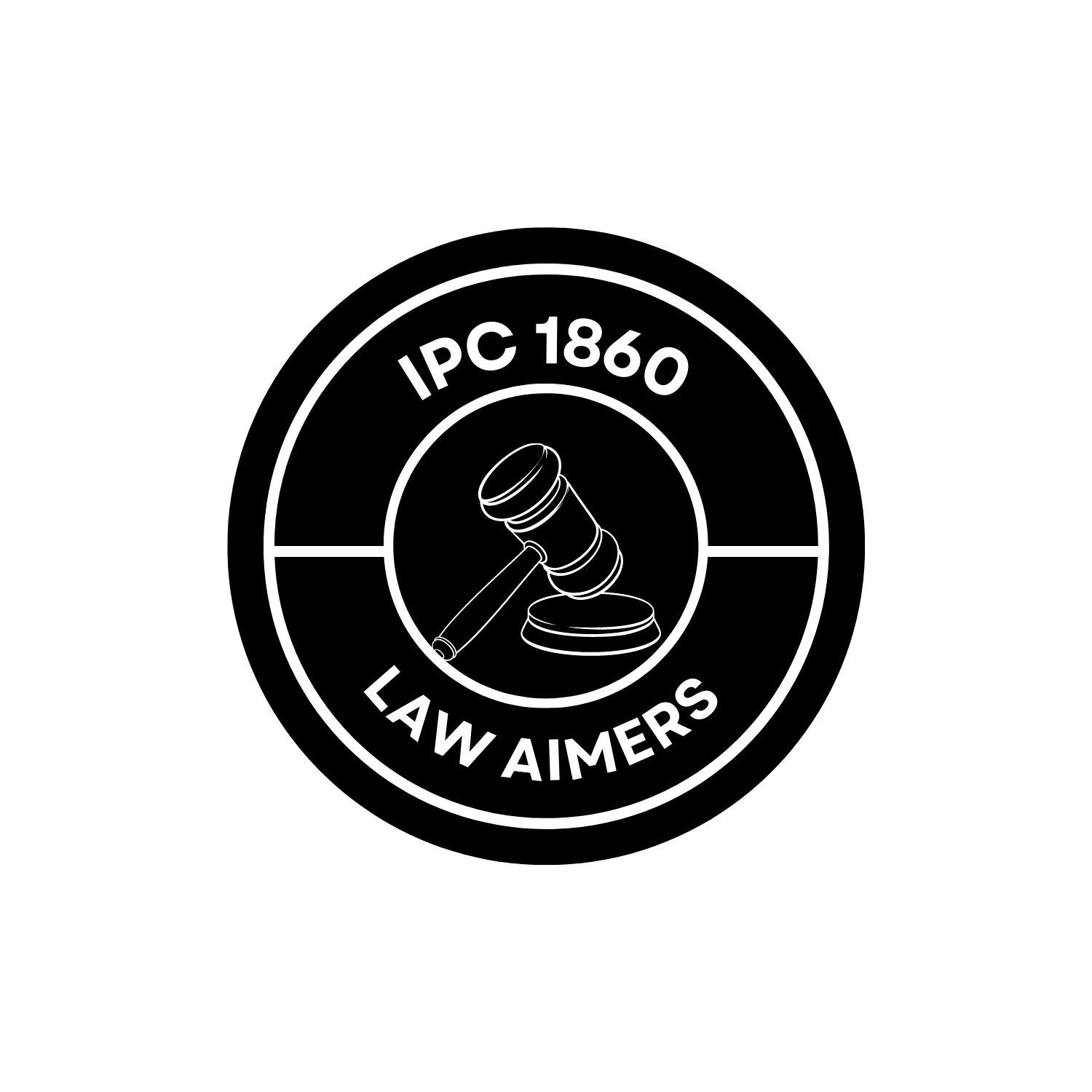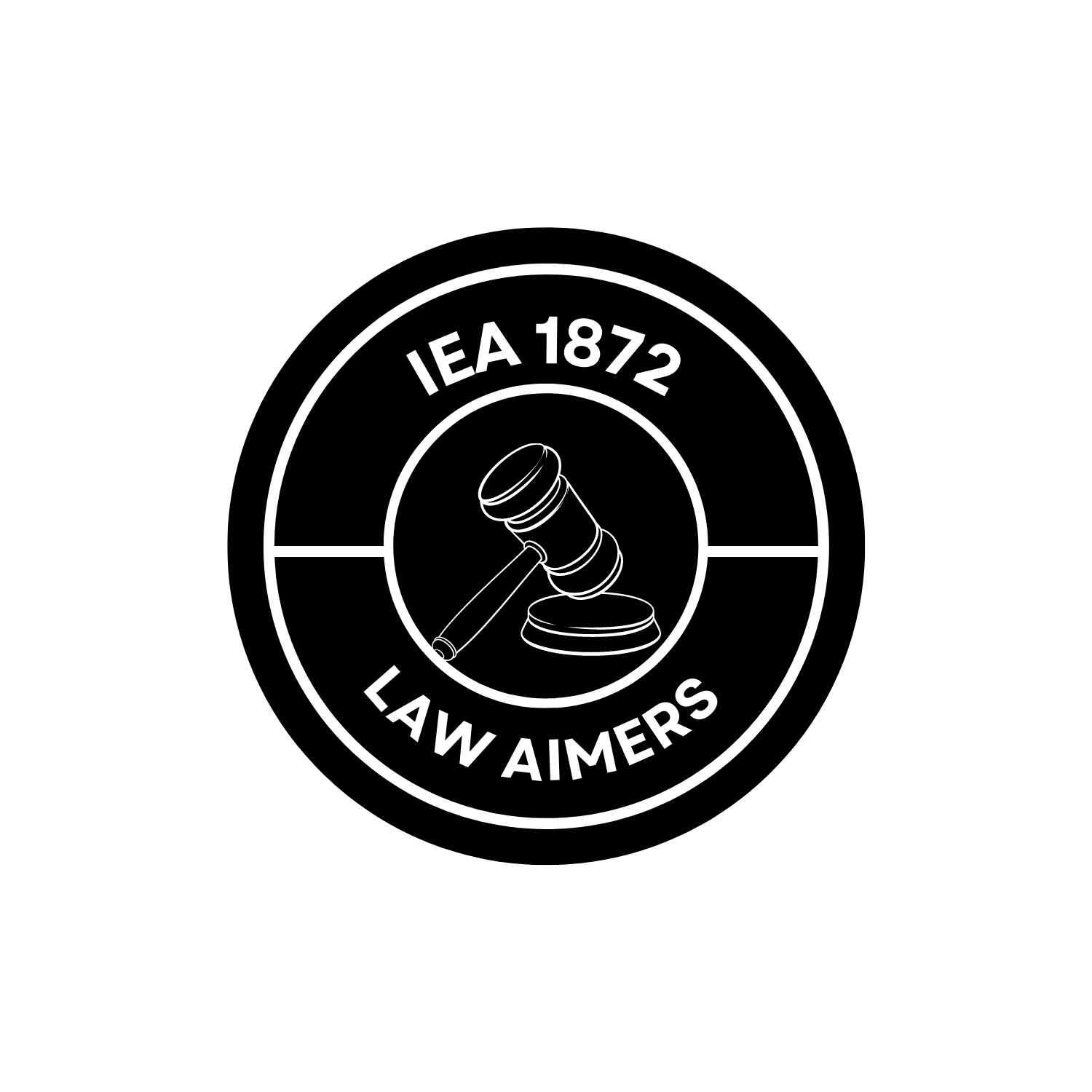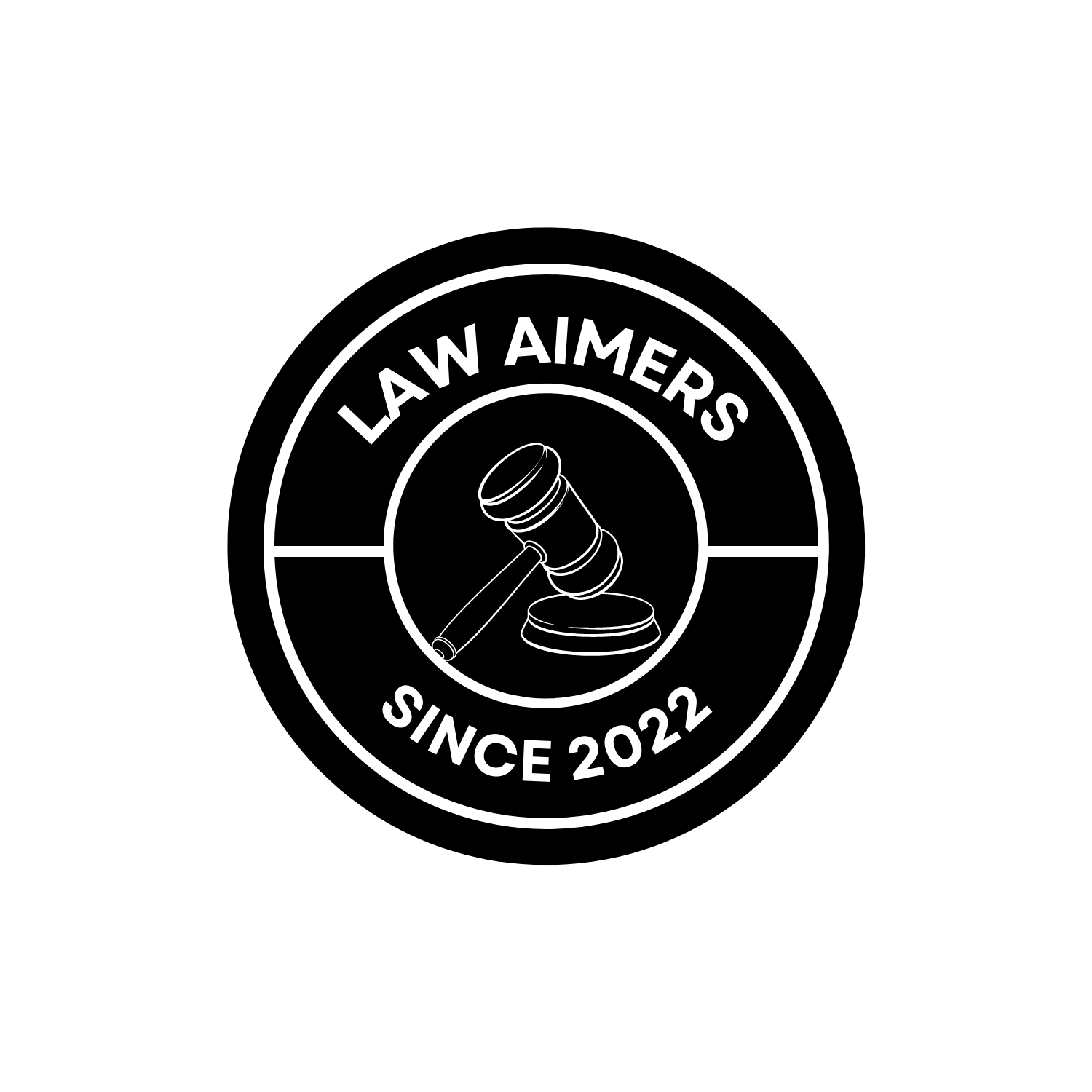1. Who may be joined as plaintiffs.—All persons may be joined in one suit as plaintiffs where—
(a) any right to relief in respect of, or arising out of, the same act or transaction or series of acts or transactions is alleged to exist in such persons, whether jointly, severally or in the alternative; and
(b) if such persons brought separate suits, any common question of law or fact would arise.
2. Power of Court to order separate trial.—Where it appears to the Court that any joinder of plaintiffs may embarrass or delay the trial of the suit, the Court may put the plaintiffs to their election or order separate trials or make such other order as may be expedient.
3. Who may be joined as defendants.—All persons may be joined in one suit as defendants where—
(a) any right to relief in respect of, or arising out of, the same act or transaction or series of acts or transactions is alleged to exist aganist such persons, whether jointly, severally or in the alternative; and
(b) if separate suits were brought against such persons, any common question of law or fact would arise.
3A. Power to order separate trials where joinder of defendants may embarrass or delay trial.—Where it appears to the Court that any joinder of defendants may embarrass or delay the trial of the suit, the Court may order separate trials or make such other order as may be expedient in the interests of justice.
4. Court may give judgment for or against one or more of joint parties.—Judgment may be given without any amendment —
(a) for such one or more of the plaintiffs as may be found to be entitled to relief, for such relief as he or they may be entitled to;
(b) against such one or more of the defendants as may be found to be liable, according to their respective liabilities.
5. Defendant need not be interested in all the relief claimed.—It shall not be necessary that every defendant shall be interested as to all the relief claimed in any suit against him.
6. Joinder of parties liable on same contract.—The plaintiff may, at his option, join as parties to the same suit all or any of the persons severally, or jointly and severally, liable on any one contract, including parties to bills of exchange, hundis and promissory notes.
7. When plaintiff in doubt from whom redress is to be sought.—Where the plaintiff is in doubt as to the persons from whom he is entitled to obtain redress, he may join two or more defendants in order that the question as to which of the defendants is liable, and to what extent, may be determined as between all parties.
8. One person may sue or defend on behalf of all in same interest.—(1) Where there are numerous persons having the same interest in one suit,—
(a) one or more of such persons may, with the permission of the Court, sue or be sued, or may defend such suit, on behalf of, or for the benefit of, all persons so interested;
(b) the Court may direct that one or more of such persons may sue or be sued, or may defend such suit, on behalf of, or for the benefit of, all persons so interested.
(2) The Court shall, in every case where a permission or direction is given under sub-rule (1), at the plaintiff’s expense, give notice of the institution of the suit to all persons so interested, either by personal service, or, where, by reason of the number of persons or any other cause, such service is not reasonably practicable, by public advertisement, as the Court in each case may direct.
(3) Any person on whose behalf, or for whose benefit, a suit is instituted, or defended, under sub-rule (1), may apply to the Court to be made a party to such suit.
(4) No part of the claim in any such suit shall be abandoned under sub-rule (1), and no such suit shall be withdrawn under sub-rule (3), of rule 1 of Order XXIII, and no agreement, compromise or satisfaction shall be recorded in any such suit under rule 3 of that Order, unless the Court has given, at the plaintiff’s expense, notice to all persons so interested in the manner specified in sub-rule (2).
(5) Where any person suing or defending in any such suit does not proceed with due diligence in the suit or defence, the Court may substitute in his place any other person having the same interest in the suit.
(6) A decree passed in a suit under this rule shall be binding on all persons on whose behalf, or for whose benefit, the suit is instituted, or defended, as the case may be.
Explanation.— For the purpose of determining whether the persons who sue or are sued, or defend, have the same interest in one suit, it is not necessary to establish that such persons have the same cause of action as the persons on whose behalf, or for whose benefit, they sue or are sued, or defend the suit, as the case may be.
8A. Power of Court to permit a person or body of persons to present opinion or to take part in the proceedings.— While trying a suit, the Court may, if satisfied that a person or body of persons is interested in any question of law which is directly and substantially in issue in the suit and that it is necessary in the public interest to allow that person or body of persons to present his or its opinion on that question of law, permit that person or body of persons to present such opinion and to take such part in the proceedings of the suit as the Court may specify.
9. Misjoinder and nonjoinder.—No suit shall be defeated by reason of the misjoinder or non- joinder of parties, and the Court may in every suit deal with the matter in controversy so far as regards the rights and interests of the parties actually before it:
Provided that nothing in this rule shall apply to non-joinder of a necessary party.
10. Suit in name of wrong plaintiff.—(1) Where a suit has been instituted in the name of the wrong person as plaintiff or where it is doubtful whether it has been instituted in the name of the right plaintiff, the Court may at any stage of the suit, if satisfied that the suit has been instituted throught a bona fide mistake, and that it is necessary for the determination of the real matter in dispute so to do, order any other person to be substituted or added as plaintiff upon such terms as the Court thinks just.
(2) Court may strike out or add parties.—The Court may at any stage of the proceedings, either upon or without the application of either party, and on such terms as may appear to the Court to be just, order that the name of any party improperly joined, whether as plaintiff or defendant, be struck out, and that the name of any person who ought to have been joinded, whether as plaintiff or defendant, or whose presence before the Court may be necessary in order to enable the Court effectually and completely to adjudicate upon and settle all the questions involved in the suit, be added.
(3) No person shall be added as a plaintiff suing without a next friend or as the next friend of a plaintiff under any disability without his consent.
(4) Where defendant added, plaint to be amended.—Where a defendant is added, the plaint shall, unless the Court otherwise directs, be amended in such manner as may be necessary, and amended copies of the summons and of the plaint shall be served on the new defendant and, if the Court thinks fit, on the original defendant
(5) Subject to the provisions of the 2Indian Limitation Act, 1877 (XV of 1877), section 22, the proceedings as against any person added as defendant shall be deemed to have begun only on the service of the summons.
10A. Power of Court to request any pleader to address it.—The Court may, in its discretion. request any pleader to address it as to any interest which is likely to be affected by its decision on any matter in issue in any suit or proceeding, if the party having the interest which is likely to be so affected is not represented by any pleader.
11. Conduct of suit.—The Court may give the conduct of a suit to such persons as it deems proper.
12. Appearance of one of several plaintiffs or defendants for others.—(1) Where there are more plaintiffs than one, any one or more of them may be authorized by any other of them to appear, plead or act for such other in any proceeding; and in like manner, where there are more defendants than one, any one or more of them may be authorized by any other of them to appear, plead or act for such other in any proceeding.
(2) The authority shall be in writing signed by the party giving it and shall be filed in Court.
13. Objections as to non-joinder or misjoinder.—All objections on the ground of nonjoinder or misjoinder of parties shall be taken at the earliest possible opportunity and, in all cases where issues are settled, at or before such settlement, unless the ground of objection has subsequently arisen, and any such objection not so taken shall be deemed to have been waived.





